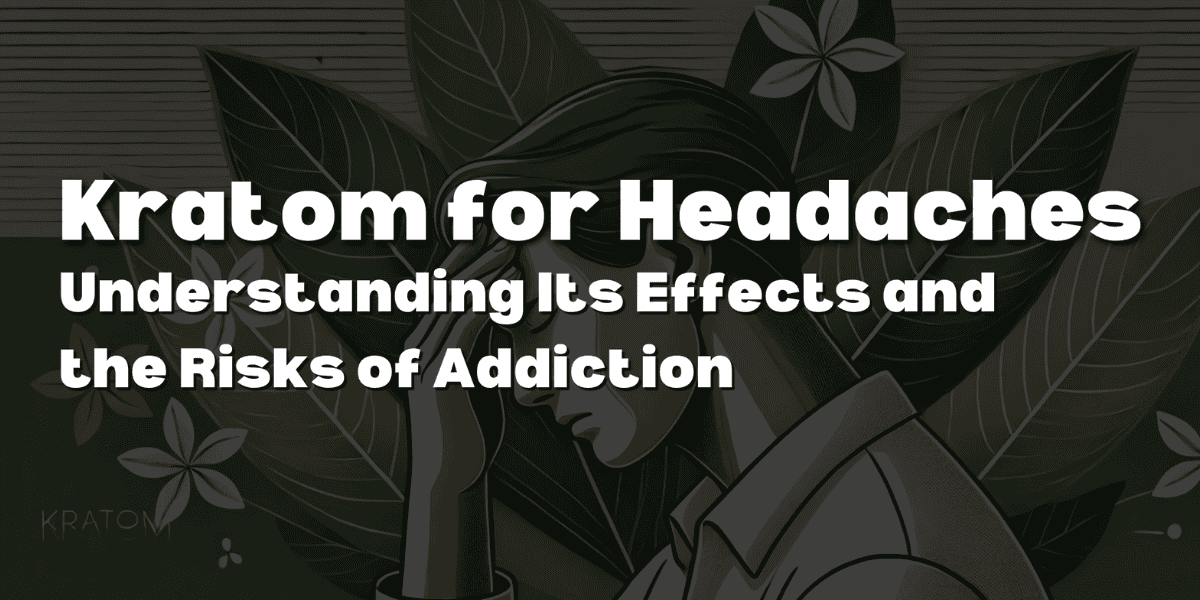
Kratom, or Mitragyna speciosa, is a tropical tree native to Southeast Asia. Its leaves contain compounds that produce both stimulant and sedative effects, making it a popular alternative to prescription drugs.
SE Asian locals have used kratom for centuries for medicinal and recreational purposes. The plant’s leaves are known for their active compounds that may have potential therapeutic effects.
Kratom is often used as a natural remedy for various mind and body ailments. The respective veins (white, green, and red) each deliver slightly different effects. Some may provide mental clarity, physical energy, and a mood boost. Others could relieve tension and worry.
Products like red Maeng Da powder or kratom tablets like ON7 kratom tablets offer improved mood and discomfort management. White variants are more stimulating, while green vein strains deliver balanced effects.
What is the nutritional value of kratom?
While kratom’s nutrition facts haven’t been extensively studied, it’s known to contain several essential nutrients, including:
- Antioxidants: The herb’s polyphenols and flavonoids may protect the body against oxidative stress and free radical damage.
- Minerals: Kratom has small amounts of essential minerals like calcium, magnesium, and potassium.
- Vitamins: It also contains trace amounts of vitamins C and B2 (riboflavin).
Does Kratom Abuse Cause Headaches?

It has substances such as alkaloids that have properties of stimulating the brain and acting as an analgesic thus used by people who are into natural drugs for the management of chronic pain, tiredness, and anxiety.
Headaches are one of the common side effects of kratom abuse. Kratom affects the central nervous system, and when consumed in large quantities, it can lead to rebound headaches, especially when the effects wear off.
Moreover, regular kratom use leads to tolerance and dependence, and if individuals stop taking it, they may experience withdrawal symptoms like headaches, nausea, and irritability. People who consume kratom regularly may be at higher risk of developing headaches, especially if they abuse the substance or use impure kratom products.
However, kratom is also becoming more popular in the recreational use as a psychoactive substance. Kratom abuse is a growing concern, with reports of adverse effects such as nausea, vomiting, respiratory depression, and even death.
Understanding Kratom Abuse
To get a better understanding of whether kratom abuse leads to headaches, it is initially necessary to know what it means to abuse kratom. Kratom contains alkaloids that can interact with the brain’s opioid receptors, producing effects similar to those of opioids such as morphine and heroin.
Kratom abuse involves using the drug in excessive amounts or for non-medical purposes, leading to dependence, addiction, and other adverse effects.
Kratom abuse can manifest in various ways, such as:
- Using kratom in higher doses than recommended
- Using kratom for non-medical purposes
- Using kratom despite adverse effects
- Using kratom to alleviate withdrawal symptoms from other substances
- Using kratom in combination with other drugs or alcohol
Why Do People Abuse Kratom?
Kratom is often abused for its euphoric and sedative effects. It is sometimes used as a self-medication alternative for chronic pain, anxiety, depression, and opioid withdrawal. However, kratom can produce serious side effects, including:
- Seizures
- Respiratory depression
- Hallucinations
- Heart palpitations
Kratom abuse can lead to addiction, withdrawal symptoms, and even death. Therefore, it is crucial to understand the risks associated with kratom abuse before considering its use.
Kratom For Headaches And Abuse
The most common side effect of kratom addiction is the occurrence of headaches, mild or severe depending on the user’s tolerance level to the substance and the quantity used. Kratom headaches are often described as tension headaches, with a dull, achy sensation in the forehead. They can also accompany other symptoms, such as nausea, dizziness, and fatigue.
It is unclear how kratom specifically causes headaches, but it could be linked to the way the drug acts on the body’s nervous system. Kratom can affect blood pressure, heart rate, and blood sugar levels, which can all contribute to headaches and other adverse effects.
Kratom Headaches and Other Signs of Lunesta Abuse
Lunesta is another name for eszopiclone, which is used to cure insomnia and is sold on prescription. However, when misused or abused, it can lead to addiction and withdrawal symptoms, such as headaches, dizziness, and stomach problems.
Consuming kratom with Lunesta can cause some negative consequences like seizures, shortness of breath, and death. Therefore, people using Lunesta should avoid using kratom and seek medical advice before taking any medication or supplements.
Due to all of these potential dangers, a kratom addiction needs to be addressed. The best way to do that is through professional addiction treatment.
How Addiction Treatment Programs Can Help
If you or your loved one is dealing with kratom addiction you should consult addiction treatment centres. Addiction is a chronic disease that requires long-term treatment and support to achieve recovery. Addiction treatment programs can provide a range of services tailored to meet each individual’s unique needs, such as:
- Medical detoxification: This involves managing withdrawal symptoms and ensuring the individual’s safety during the detox process.
- Inpatient residential rehab: This involves living in a structured environment with 24/7 support and access to various therapies and activities.
- Intensive outpatient rehab: This involves attending therapy sessions and support groups while living at home or in a sober living environment.
- Aftercare programs: This involves ongoing support and resources to help individuals maintain sobriety after completing a treatment program.
Therapies Used in a Drug Addiction Treatment Program
1. Cognitive-behavioral therapy (CBT)
CBT is a kind of therapy solution that focuses on changing erroneous patterns of thinking that lead to addiction. It also teaches coping skills and stress-management techniques.
2. Motivational Interviewing
This therapy assists people in identifying their reasons for the change and supports their clients with recovery objectives. It involves exploring the individual’s feelings and values and building their self-efficacy.
3. Group Therapy
Group therapy focuses on a collective of patients, where the patients can narrate, explain, and hear from other patients’ experiences. It also provides a sense of community and social support.
4. Medication-Assisted Treatment
Medications such as buprenorphine and methadone can be used as part of a comprehensive treatment plan to manage withdrawal symptoms and cravings and reduce the risk of relapse.
5. Mindfulness-Based Therapies
Mindfulness-based therapies such as meditation, yoga, and mindfulness-based cognitive therapy can help individuals manage stress, improve their self-awareness, and develop healthier coping skills.
Wrapping Up
In conclusion, kratom, while offering potential therapeutic benefits, carries significant risks, particularly when abused. Its natural compounds can provide relief for certain ailments, but misuse can lead to dependence, withdrawal symptoms, and serious health complications, including headaches and other adverse effects.
Understanding the risks of kratom abuse is crucial, as is recognizing the signs of addiction. For those struggling with dependence, professional addiction treatment programs offer a pathway to recovery, providing medical detox, therapy, and long-term support tailored to individual needs.
You May Also Like:



Leave a Reply